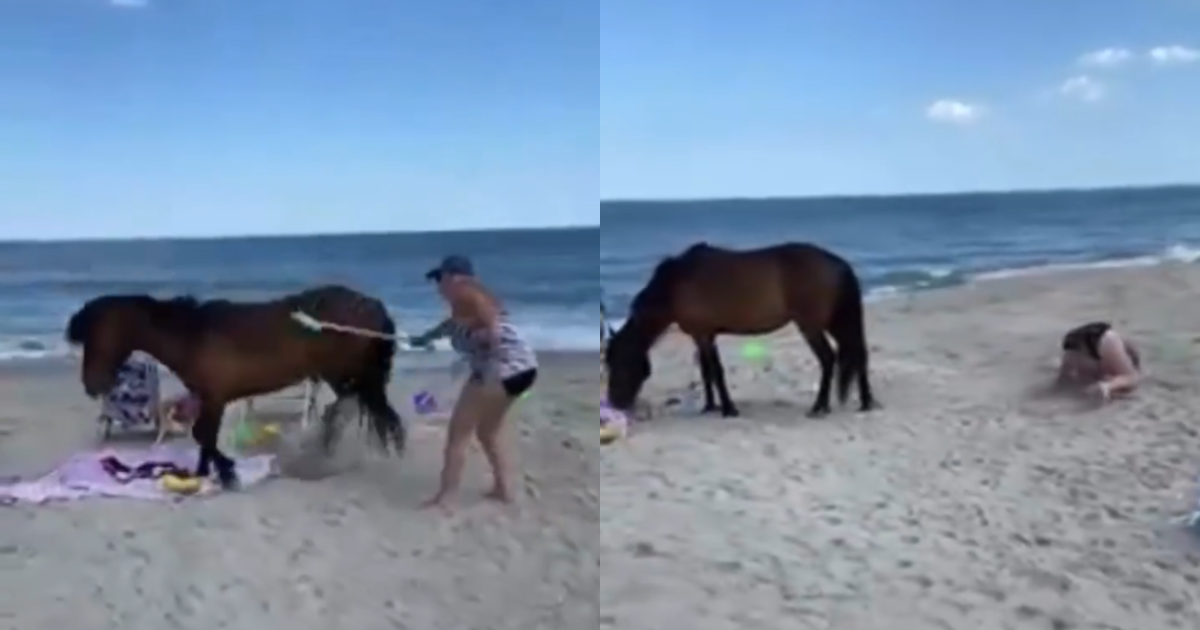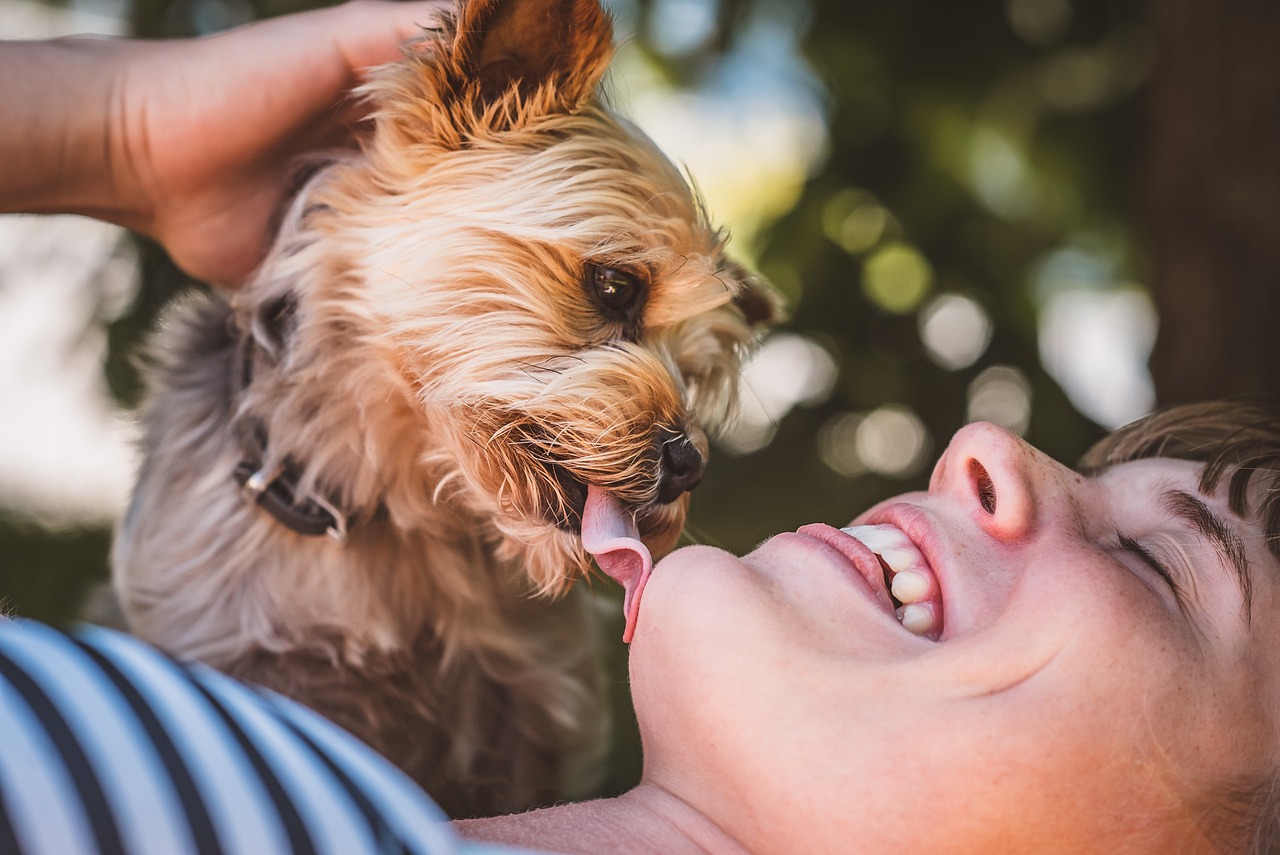The head tilt is an iconic and endearing behaviour exhibited by dogs, often eliciting a collective “aww” from humans. This gesture, characterized by a slight to pronounced cocking of the head to one side, transcends breed and age, manifesting in dogs around the world. Far from being just a cute quirk, the head tilt is a complex behaviour that serves multiple functions, from enhancing auditory perception to expressing curiosity and facilitating communication with humans. Understanding why dogs tilt their heads involves delving into the intricacies of canine senses, cognitive processes, and their evolution alongside humans. This behaviour highlights the depth of dogs’ social and emotional intelligence, reflecting their ability to engage with their environment meaningfully. By examining the reasons behind this habit, we gain insight into how dogs perceive their world and interact with their human companions, enhancing our appreciation for these beloved animals.
Enhancing Auditory Perception
One of the primary reasons dogs tilt their heads is to enhance their auditory perception. This adjustment can help dogs pinpoint the source of a sound more accurately, optimizing their ability to listen by adjusting their outer ears for better sound wave capture. The head tilt may allow them to discern the direction and distance of sounds more effectively, especially in environments with complex auditory backgrounds. This behaviour could have significant evolutionary benefits for dogs, whose survival once depended on keen senses, aiding in hunting and awareness of their surroundings. Today, it serves as a reminder of their finely tuned sensory capabilities, demonstrating their active engagement and attentiveness to auditory stimuli.
Expressing Curiosity and Engagement
The head tilt also serves as a visual cue of curiosity and engagement, especially during human interactions. When dogs encounter something unfamiliar or hear a novel sound, tilting their head can indicate their interest and attempt to understand what they are experiencing. This behaviour shows cognitive processing, revealing a dog’s inquisitive nature and desire to make sense of their environment. It’s a gesture that endears dogs to humans, showcasing their willingness to learn and connect with the world around them. Through this simple act, dogs communicate complex emotions and intentions, from intrigue to concentration, enriching the bond between canine and human.
Facilitating Communication with Humans
Dogs have evolved to be exceptionally attuned to human communication, and the head tilt is a pivotal part of this dynamic. This behaviour may help dogs better see the faces of their human companions, particularly the mouth, which is a focal point for vocal communication. By tilting their heads, dogs might be trying to interpret our facial expressions and the subtleties of our speech, enhancing their understanding of our intentions and emotions. This behaviour underscores the depth of the dog-human bond, reflecting dogs’ adaptation to living closely with humans and their keen interest in our communicative signals. It’s a testament to their social intelligence and their role as empathetic companions.
Indicating Health Issues
While the head tilt is often a benign and charming behaviour, it’s important to note that, in some cases, it can indicate underlying health issues. Persistent or sudden onset of head tilting, especially if accompanied by other symptoms like loss of balance, walking in circles, or unusual eye movements, may signal conditions such as ear infections, vestibular disease, or neurological issues. In these instances, the head tilt is a sign that warrants veterinary attention, underscoring the importance of observing and understanding the context of this behaviour. Recognizing the difference between a standard, communicative head tilt and one that indicates discomfort or illness is crucial for the well-being of our canine friends.
Reflecting Emotional States
The head tilt in dogs is not only a response to external stimuli but also a reflection of their emotional states. This behavior can be an expression of empathy or an attempt to understand the emotional tone of human speech. Dogs are highly attuned to the emotional atmosphere of their environment and can pick up on subtle cues in human voice tones or body language. When a dog tilts its head, it may be trying to discern the emotional content of a situation or communicate its sensitivity to its owner’s feelings. This capacity for emotional resonance highlights dogs’ social and emotional intelligence, showcasing their ability to connect with humans on a profound level. The head tilt, therefore, becomes a bridge between species, a gesture that signifies not just curiosity but a deep-seated desire to empathize and engage with the emotional lives of their human companions.
Cognitive Processing and Problem-Solving
The head tilt is also indicative of cognitive processing and problem-solving in dogs. When presented with a complex task or an intriguing puzzle, dogs might tilt their heads as they engage in thought, pondering their next move or attempting to understand a command or signal from their human. This behavior suggests that dogs are active thinkers, capable of deliberation and decision-making. The head tilt in such contexts is a sign of mental engagement, showcasing their ability to process information and work through challenges. It highlights the cognitive abilities of dogs, their capacity for learning, and their willingness to interact with their environment in thoughtful and intelligent ways.
Signaling Trust and Affection
In many instances, a dog’s head tilt is a signal of trust and affection towards its owner. This gesture can be a dog’s way of showing openness and vulnerability, seeking attention or affection in return. When a dog tilts its head while looking into its owner’s eyes, it’s often a sign of deep trust and bonding. This non-verbal communication strengthens the emotional connection between dog and human, fostering a sense of mutual understanding and companionship. The head tilt, in this sense, becomes more than just a reaction to stimuli; it’s a heartfelt expression of the dog’s emotional attachment and trust in its human family.
The head tilt is a multifaceted behaviour that embodies the complexity and depth of dogs’ sensory perception, cognitive abilities, and profound connection with humans. Whether enhancing their auditory capabilities, expressing curiosity, facilitating communication, or sometimes indicating health issues, this adorable habit offers a window into the canine mind. Understanding the reasons behind dogs’ head tilting enriches our relationship, fostering a more profound empathy and appreciation for their inner lives. It reminds us of the importance of attentive observation and care in our interactions with these beloved members of our families, ensuring we respond to their needs and emotions with understanding and compassion.





